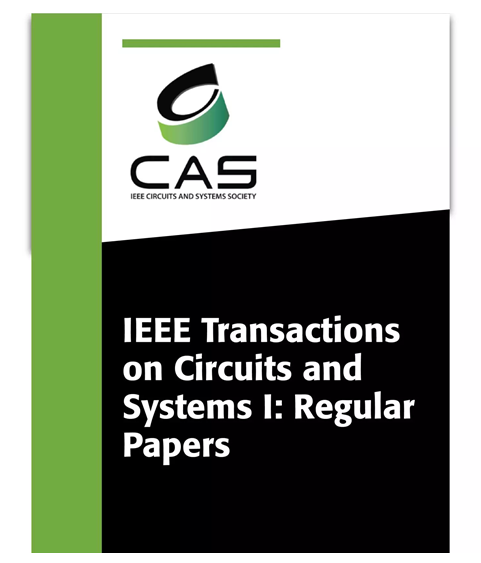GSLP-CIM: A 28-nm Globally Systolic and Locally Parallel CNN/Transformer Accelerator With Scalable and Reconfigurable eDRAM Compute-in-Memory Macro for Flexible Dataflow
IF 5.2
1区 工程技术
Q1 ENGINEERING, ELECTRICAL & ELECTRONIC
IEEE Transactions on Circuits and Systems I: Regular Papers
Pub Date : 2024-11-19
DOI:10.1109/TCSI.2024.3497187
引用次数: 0
Abstract
This article reports a globally systolic and locally parallel (GSLP) convolutional NN (CNN) and Transformer accelerator based on the scalable and reconfigurable (SR) embedded dynamic random-access memory (eDRAM) compute-in-memory (CIM) macro. It features: 1) a GSLP architecture employs systolic CIM macros with the reconfigurable inter-CIM network to support flexible dataflow, including weight stationary (WS), output stationary (OS), and Row stationary (RS); 2) an SR-CIM macro features reconfigurable weight/input/output memory ratio to maximize the related data reuse in different dataflow; 3) a high-density 3T eDRAM-CIM cell to further improve the density of the accelerator; 4) an area-efficient in-memory accumulator (IMA) to save the area and power overhead of the digital accumulation in each CIM macro. Prototyped in 28-nm CMOS process, the proposed GSLP-CIM accelerator exhibits a 4b peak throughput density of 0.16 TOPS/mm2 and a 4b peak compute energy efficiency of 3.55 TOPS/W. Specifically, evaluated with ResNet-50@ImageNet and ViT-B@ImageNet, this work reaches the system throughput of 24.5 and 5.66 inferences per second (IPS), the system throughput density of 19.3 IPS/mm2 and 4.46 IPS/mm2, the system compute energy efficiency of 423.9 inferences per watt (IPW) and 97.6 IPW, respectively.求助全文
约1分钟内获得全文
求助全文
来源期刊
CiteScore
9.80
自引率
11.80%
发文量
441
审稿时长
2 months
期刊介绍:
TCAS I publishes regular papers in the field specified by the theory, analysis, design, and practical implementations of circuits, and the application of circuit techniques to systems and to signal processing. Included is the whole spectrum from basic scientific theory to industrial applications. The field of interest covered includes: - Circuits: Analog, Digital and Mixed Signal Circuits and Systems - Nonlinear Circuits and Systems, Integrated Sensors, MEMS and Systems on Chip, Nanoscale Circuits and Systems, Optoelectronic - Circuits and Systems, Power Electronics and Systems - Software for Analog-and-Logic Circuits and Systems - Control aspects of Circuits and Systems.

 求助内容:
求助内容: 应助结果提醒方式:
应助结果提醒方式:


